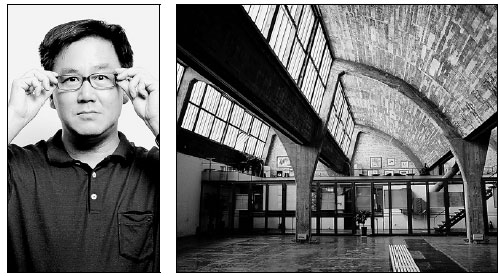Meet the man who creates and reshapes the country's cityscapes
Updated: 2015-09-04 08:40
By Deng Zhangyu(China Daily)
|
||||||||
City planning isn't easy. It usually takes years.
But Lin Ji has reconfigured more than 100 Chinese cities in three decades - something only possible in the urbanization wave that has swept the nation since the 1980s.
He claims the number of cities he has planned exceeds that of any single foreign urban planner.
Lin made the comment at his retrospective show in Beijing's 798 art zone.
Incidentally, 798 is in the Wangjing community Lin planned 15 years ago.
The community - then Asia's largest - was a "bedroom community" because it was dense with residential buildings but suffered a dearth of public buildings and services.
It took Lin and his team a year and a half to transform it into a tourism landmark synonymous with contemporary art.
The 52-year-old deputy chief planner at the China City Development Academy is proud of his participation in China's urbanization. He has revamped parts of the cities of Guangzhou, Shenzhen, Shanghai and Beijing.
China's urbanization is unprecedented in human history. The urbanization rate has surged to about 50 percent compared with 20 percent three decades ago.
"China's urban planners are really good at designing entire cities because they've had a lot of practice," Lin says.
"But we have a lot to learn from Western counterparts in terms of designing plazas and small communities."
He says a foreign friend once told him a city project he'd done in a year would take him a lifetime.
"But I must be quick," he says.
"China needs speed in reinventing its cities."
He planned nine cities in 2008 and was stunned at the "explosive" development after China had adopted its 4 trillion yuan ($625 billion) stimulus.
That year, he started work early in the morning and often finished as late as 2 am.
Lin compares his work to that of a doctor. He can't entirely cure each city but can prescribe treatments for severe ailments.
The toughest challenge, he says, was Liaoning province's Fushun.
The mining town is home to the continent's largest open coal pit, which is the size of a small city itself. Fushun in 2005 faced high unemployment, resource depletion, environmental damage and geological disasters.
Local officials wanted to expand the city into the geological-disaster zone as a fast and cheap way to stimulate economic growth. Lin and his team succeeded in persuading them to abandon this idea and instead revamp its old city area.
Lin claims to have been the first to develop the idea of renovating low-income downtown neighborhoods before expanding outward. The central government approves of the model, which has been implemented across the country.
"We sometimes must be eloquent to persuade local governments," he says.
While full-throttle urbanization has propelled breakneck economic growth, destruction of the environment and historical buildings presents urgent challenges.
Planners are now making more use of existing areas rather than pushing into suburbs.
Lin is working on his first overseas project, the Cambodia Dara Sakor seashore resort - an area leased to China for 99 years.
"I hope to plan cities outside of China," he says.
"I'm confident. Some of the cities I planned in China are among the most difficult projects in the world."
dengzhangyu@chinadaily.com.cn
|
Lin Ji has been engaged in some of the country’s major urbanization projects, such as the design of the Wangjing area, which includes the celebrated 798 art zone (right). Photos Provided To China Daily |
(China Daily 09/04/2015 page20)

 Military helicopters write number 70 high in the sky
Military helicopters write number 70 high in the sky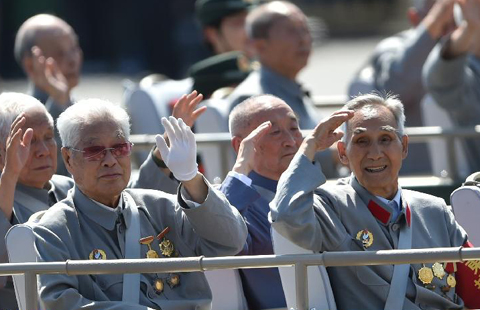
 Salute to veterans
Salute to veterans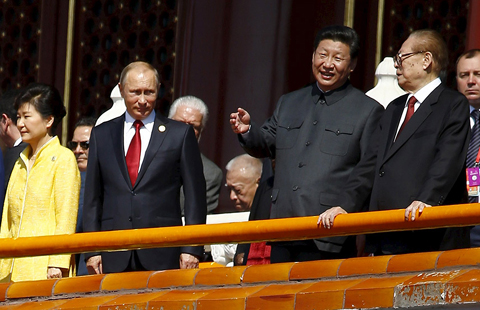
 Xi attends the ceremony with other leaders
Xi attends the ceremony with other leaders
 Armored vehicles roll down the parade in huge roar
Armored vehicles roll down the parade in huge roar
 Foreign troops celebrate with Chinese comrades
Foreign troops celebrate with Chinese comrades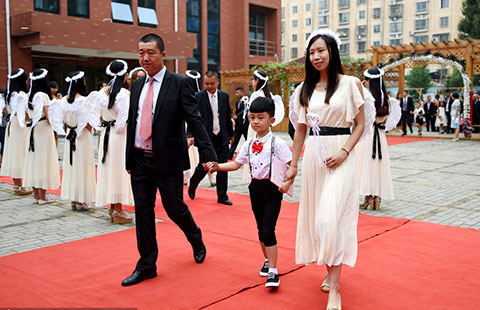
 Red carpet ceremony for first grade kids
Red carpet ceremony for first grade kids
 Kashgar old city in Xinjiang is well preserved
Kashgar old city in Xinjiang is well preserved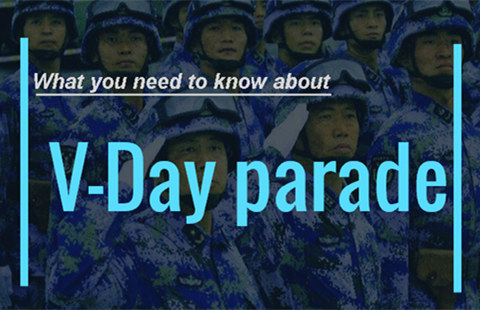
 Infographic: Symbols behind numbers
Infographic: Symbols behind numbers
Most Viewed
Editor's Picks

|

|

|

|

|

|
Today's Top News
China to cut troops by 300,000: President Xi
On path to peace: Cui
15 US cities make world’s ‘least friendly’ list while China places 3
Xi heralds V-Day with troop cuts at parade
China holds parade, vows peace on war anniversary
Peking Opera: Star power
IMF: China can transition
Xi urges cross-Straits honoring of history
US Weekly

|

|
